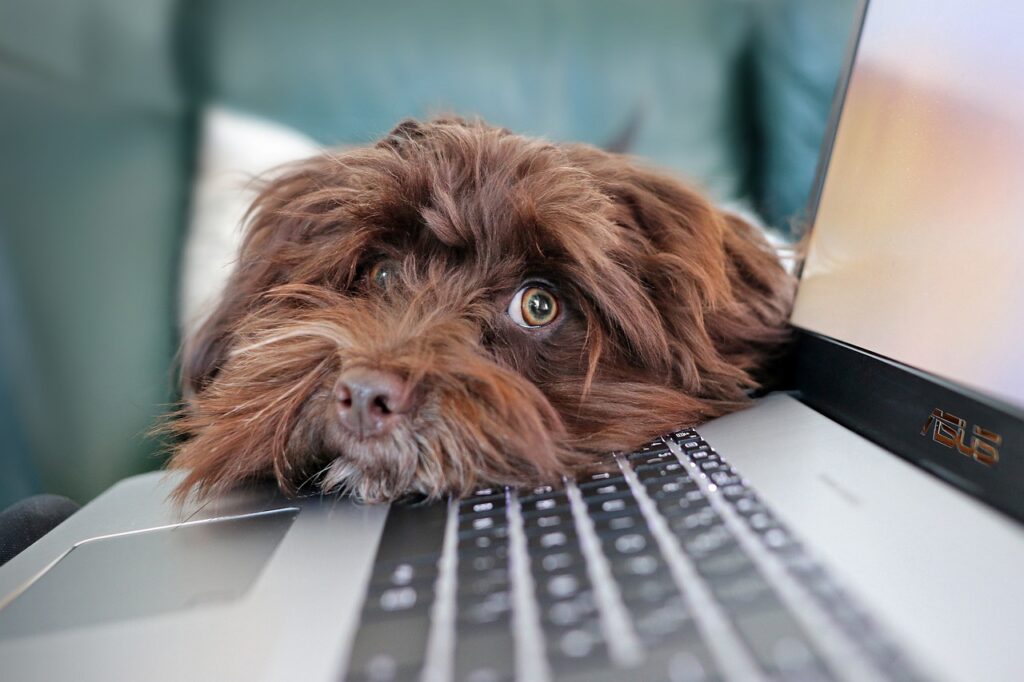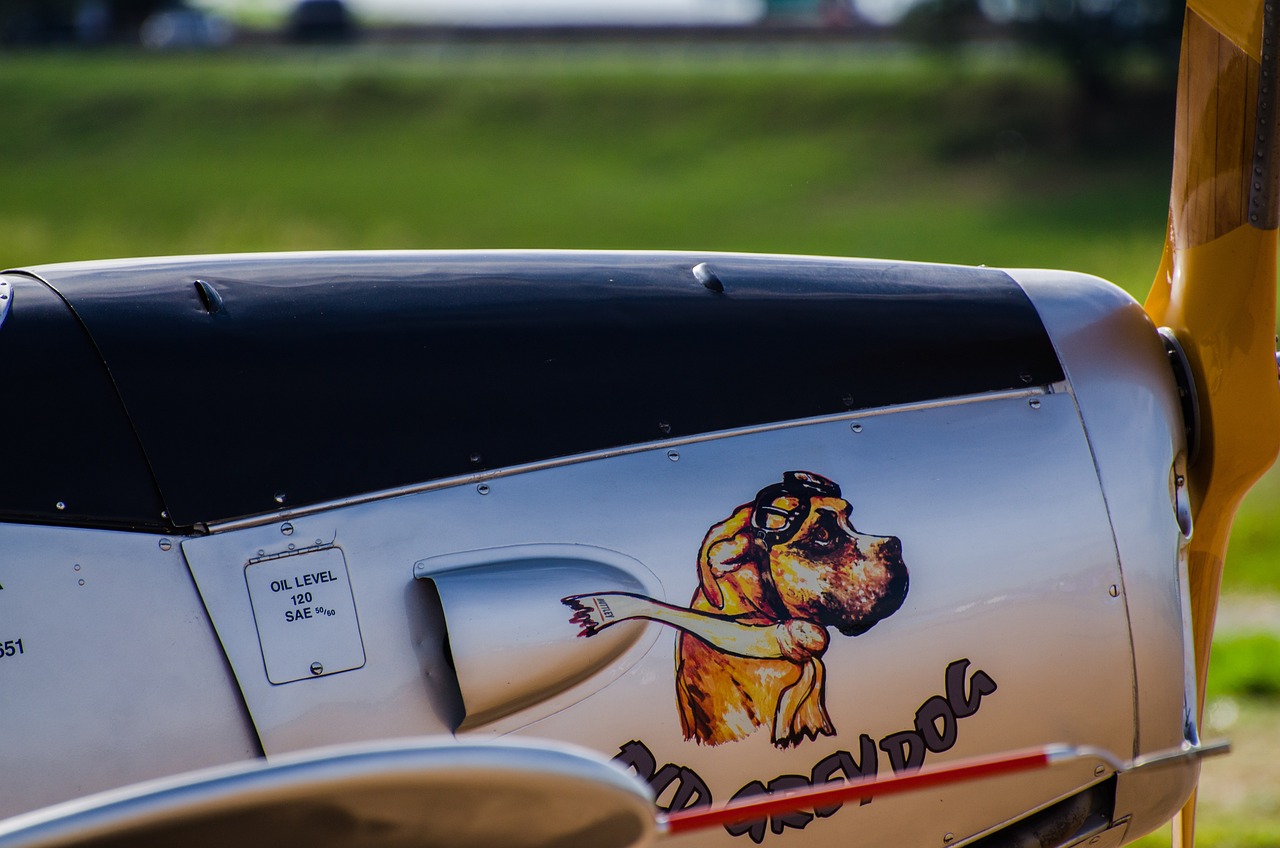
Flying with pets on a private jet can be a luxurious and comfortable experience for both you and your pet, but it does require some planning and preparation. Below is a comprehensive guide to help you ensure a smooth journey for your furry companions:
- Check the Air Charter Service’s Pet Policy: Not all private jet services have the same pet policies. Be sure to inquire about any specific restrictions regarding pet type, size, or required documentation.
- Prepare Necessary Documentation: Depending on the charter company and destination, you might need to provide health certificates, proof of vaccinations, or other documents for your pet.
- Pack Essentials and Comfort Items: Make sure to pack everything your pet will need, including food, water, a leash, and any necessary medications. Bringing a favorite blanket or toy can also help comfort your pet.
- Ensure Proper Identification: Your pet should have a collar with an ID tag and ideally, a microchip to help ensure they can be returned to you if you get separated.
- Consider a Pet Carrier or Restraint: Even though your pet may be allowed to roam freely in the cabin, using a pet carrier or restraint can provide a safe and familiar space for your pet during the flight.
- Consult with Your Veterinarian: It's a good idea to talk with your vet before the flight, particularly if it's your pet's first time flying or if they have any health concerns.
- Limit Food Before the Flight: To avoid any accidents or discomfort from changes in air pressure, it's usually a good idea to limit your pet's food intake before the flight. Make sure they stay well-hydrated, though.
- Keep a Familiar Routine: Try to keep your pet's routine as normal as possible to help reduce their stress. This includes maintaining regular feeding times, walks, and playtimes.
- Arrival at the Airport: One of the benefits of private aviation is that you can usually arrive just minutes before your flight, reducing the waiting time that might stress your pet.
- Comfort Your Pet During the Flight: Your presence can greatly help to calm your pet. Offer reassurance and comfort to them throughout the flight.
Benefits of Flying with Pets on a Private Jet:
- Less Stress for Your Pet: Unlike commercial flights, private jets allow pets in the cabin, reducing their stress and anxiety.
- No Specific Crate Requirements: Private charters usually don't have strict crate requirements, allowing your pet more comfort during the journey.
- No Temperature or Breed Restrictions: Unlike commercial airlines, private jets typically don't have restrictions based on outdoor temperatures or specific breeds.
- More Attention and Care: With fewer passengers on board, your pet can receive more personalized care.
- Flexible Schedules: Private jet charters offer the flexibility to choose your departure time, helping to maintain your pet's regular routine.
- Direct Flights: Private jets often fly directly to a location, reducing overall travel time and making the journey more comfortable for your pet.
- Pet-Friendly Amenities: Some charter companies offer pet-friendly amenities like pet treats, toys, and special safety equipment.
- No Crowds: Private terminals or lounges offer a more peaceful environment compared to crowded airports.
Remember to inform the charter company about your pet in advance. Also, ensure that your pet’s vaccinations are up-to-date and that they are healthy enough to travel.
Our expert team is always available to discuss your travel plans and our Jet charter solutions. Feel free to contact us at +30 210 996 7870 for further information.

16/07/2023
Hot weather can significantly affect the performance of private jet flights. Here are some of the ways in which hot weather can impact your flight:
-
Reduced Lift:
Airplanes achieve lift because of the air pressure difference above and below the wings. Hot air is less dense than cold air, resulting in reduced lift. Consequently, an aircraft might require more runway to take off or land, and it might also need to reach a higher speed before it can lift off.
-
Reduced Engine Performance:
Engines, particularly jet engines, depend on the intake of cool, dense air to perform optimally. Since hot air is less dense, the engine will intake less air mass, resulting in reduced performance. This could lead to a decrease in thrust, longer takeoff roll, and a limited climb rate.
-
Increased Density Altitude:
Density altitude is a measure that combines temperature and altitude to calculate the air's density. As hot weather increases the density altitude, the air becomes less dense even at the same physical altitude, which can affect aircraft performance.
-
Weight Restrictions:
Because of the reduction in aircraft performance caused by hot weather, you might need to make adjustments to the aircraft's weight for safety reasons. This might require reducing the number of passengers, the amount of fuel, or the weight of cargo.
-
Greater Likelihood of Turbulence and Thunderstorms:
Hot weather can lead to unstable air masses, which increases the likelihood of thunderstorms and turbulence. This could affect the smoothness of the flight and route planning.
-
Overuse of Air Conditioning Systems:
To maintain the comfort of passengers and crew, the aircraft's air conditioning systems might need to work harder, which could put additional demand on the aircraft's power systems.
-
Material Expansion:
The heat can cause the materials that make up the aircraft to expand. This could potentially affect the aircraft’s structural integrity and the fit of its components.
To mitigate these effects, pilots utilize performance charts and make calculations considering the temperature, altitude, runway length, and aircraft weight to adjust their flight operations. These precautions ensure that the aircraft operates safely and efficiently, even under hot weather conditions.
Our expert team is available to discuss your travel plans and our Jet charter solutions. Contact us or call +30 210 996 7870
16/07/2023




